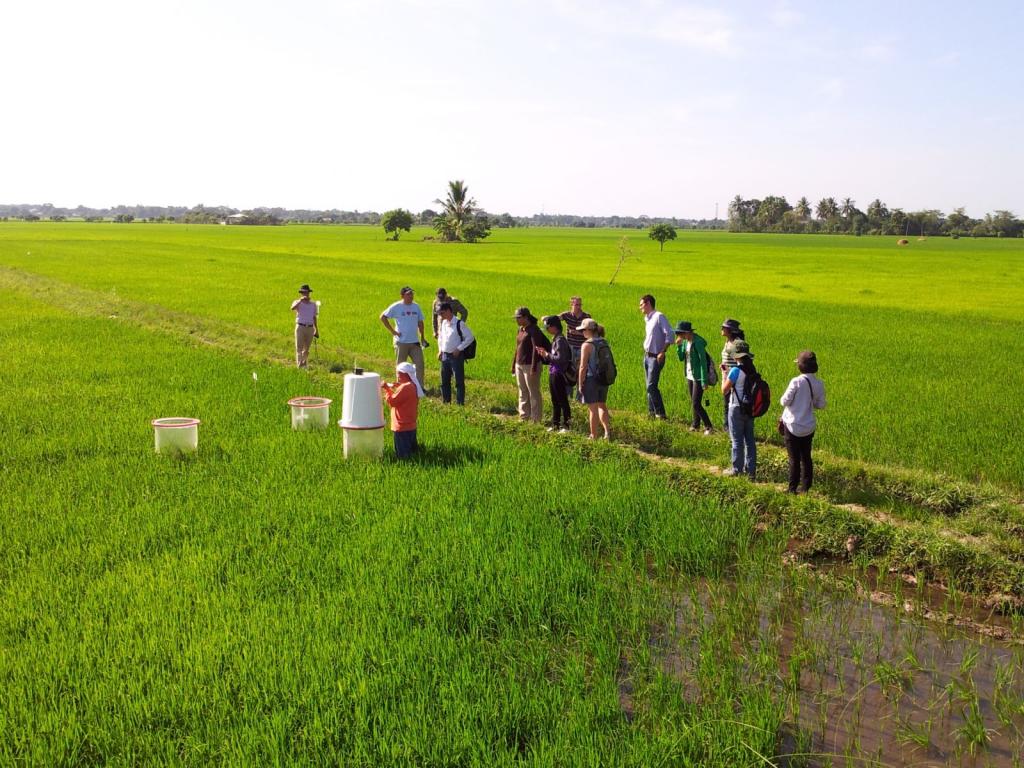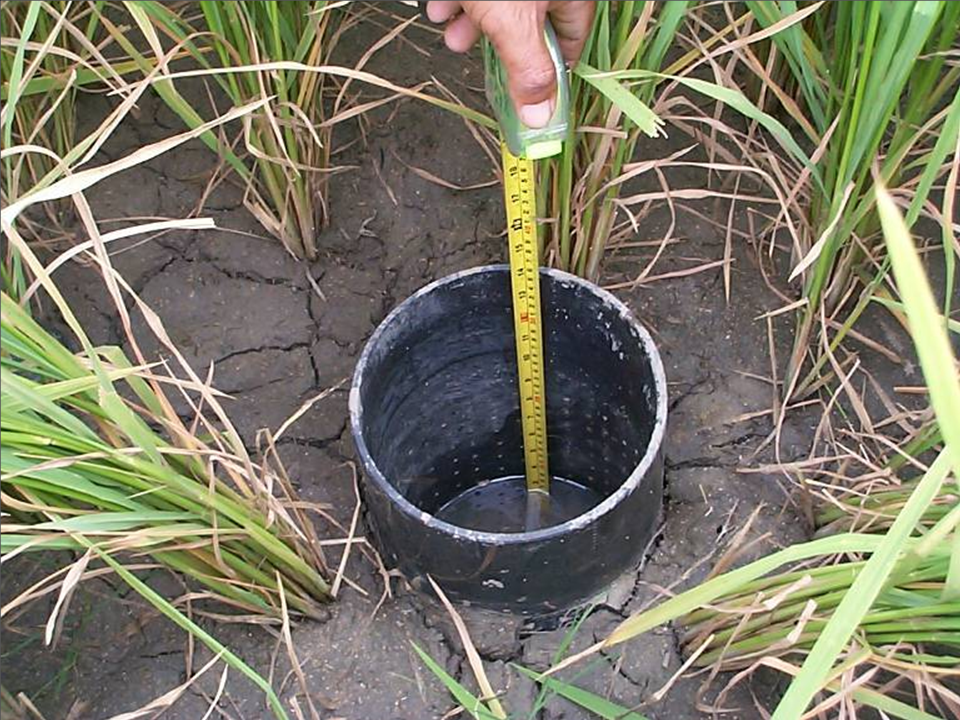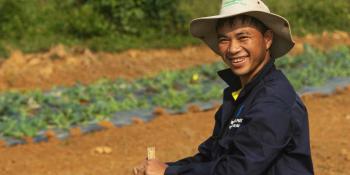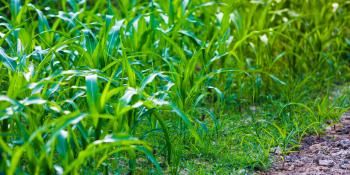New irrigation technique can ease drought effects for rice farmers

Farmers in the Philippines learn to conserve water without affecting yields
The recent closing down of the Angat Dam in Central Luzon, Philippines, one of the sources of irrigation water to rice farmers in the province, was triggered by low water levels in the reservoir due to a long dry season with scant rainfall over recent months. This event underscores the value of water saving irrigation techniques—even in an environment that typically receives ample rainfall over the entire year—to cut water demand in irrigated rice without affecting yield.
Water supply to about 27,000 rice farmers in Central Luzon in the Philippines was cut off due in part to decreasing water levels at Angat Dam, bringing attention again to the need for everyone to save water even for growing rice, the ‘thirstiest’ of all crops.
“El Niño conditions are predicted to evolve over the coming months, which would mean shorter periods of rain and less rainfall even in the coming rainy season,” said Reiner Wassmann, head of IRRI’s climate change research. “Water shortage at the Angat-Maasim River Irrigation System (AMRIS), of which Angat Dam is the main water source, is anticipated, as water available for irrigation has gradually decreased over recent years and the Philippines has been experiencing a really dry season this year,” said Dr. Wassmann.
Water use in producing rice can be cut down by as much as 25% using a simple irrigation technique called alternate wetting and drying or AWD.
AWD was developed by the International Rice Research Institute and is now being introduced to farmers across Asia. IRRI and its partners have high hopes for the technology, as it typically takes 2,000 liters of water to produce a kilogram of paddy (unmilled rice). AWD can save up to 500 liters of water per kilogram of rice.
 currently, irri has three awd experiment sites in central luzon, philippines with 92 participating farmers. (photo credit: IRRI)
currently, irri has three awd experiment sites in central luzon, philippines with 92 participating farmers. (photo credit: IRRI)
Departing from the conventional way of growing rice that uses continuous flooding, AWD makes use of the cycle of draining and reflooding of rice paddies, keeping an optimum water level at any particular time.
The AWD technology is applicable to larger irrigation schemes like the AMRIS, but it is also just as useful for rice farmers who rely on pump irrigation. AWD use means greater farming incentives as lower water consumption translates right away into savings on fuel cost and higher net income for farmers.
In Vietnam, farmers have credited AWD for yield increases. Decreased water use also reduced the occurrence of ‘lodging’ (when rice plants keel over due to heavy rain) and helped the plant grow better tillers (the ‘branches’ that eventually carry grain) and stronger roots. The resulting improved field conditions helps reduce labor cost at harvest, as mechanical harvesting becomes feasible.
AWD also helps reduce greenhouse gas (GHG) emissions, specifically methane, by up to 50%. Methane emissions are caused by flooding of rice fields. Intensive research by scientists from IRRI and its partners have helped AWD evolve into one of the most mature GHG mitigation methods in the agriculture sector. AWD could thus become a key component for GHG mitigation in many Asian countries.
 AWD is easy to learn and makes use of inexpensive tools to gauge water level to know when it is time to flood or drain the field.
AWD is easy to learn and makes use of inexpensive tools to gauge water level to know when it is time to flood or drain the field.
IRRI has been promoting AWD as a smart water-saving method for rice cultivation. Through the national agricultural research and extension systems, farmers are now being trained and the use of AWD being spread in Bangladesh, the Philippines, and Vietnam.
Under the best management practice developed by IRRI water scientists, the AWD water regime starts two weeks after transplanting. The rice field is left to dry, but only to a point when there is still sufficient water in the soil for sustained plant growth. The soil water content can be monitored can easily be monitored, so that the farmer can re-flood the field once a certain water level (e.g. 15 cm below the soil surface) is reached. Then, the field is re-flooded to a water depth of about 3-5 cm before draining again. This cycle is done repeatedly except during flowering stage of crop growth when the plants are very sensitive to dry conditions and field is kept in flooded conditions.
To aid farmers in monitoring the water level, a 30 cm long plastic pipe or bamboo (15 cm in diameter) with drilled holes can be used as level gauge. The tube is dug halfway deep into the soil leaving the other half (15 cm) above soil. When the water level inside the tube drops to 15 cm below ground level, then it is time to re-flood the field.
Read more:
- Info note: Alternate wetting and drying in irrigated rice
- Outcome case: Putting Alternate Wetting and Drying (AWD) on the map, globally and nationally
Bernadette Joven is a communication specialist with CCAFS Southeast Asia, based in Los Banos, Philipppines.



